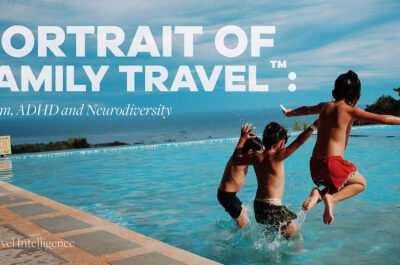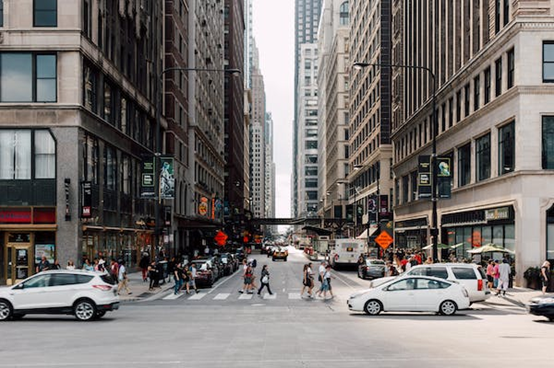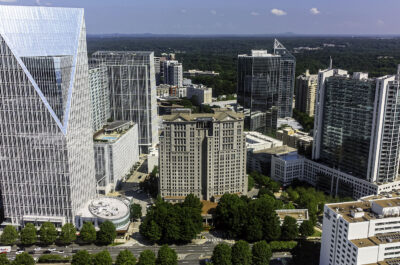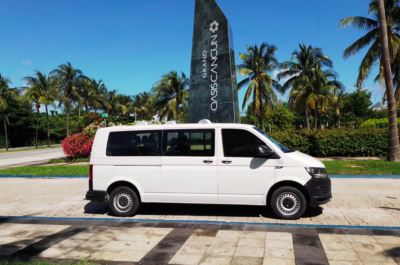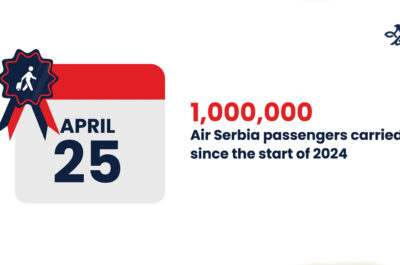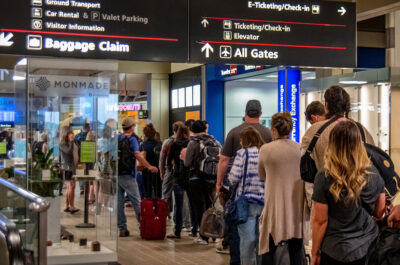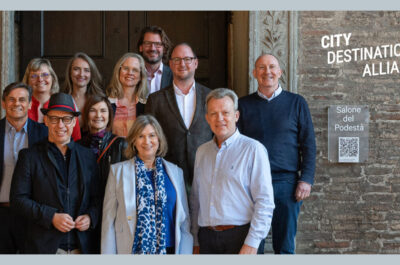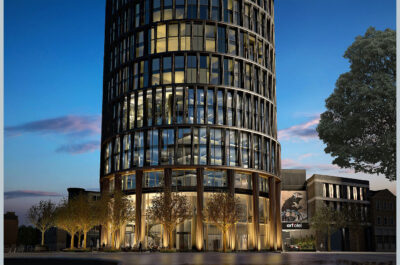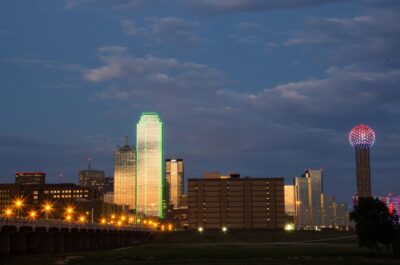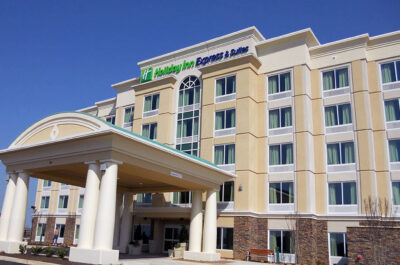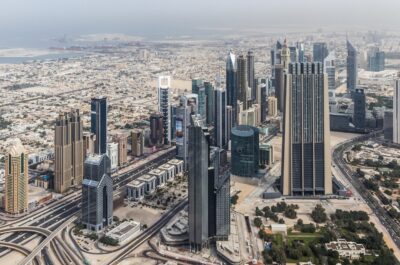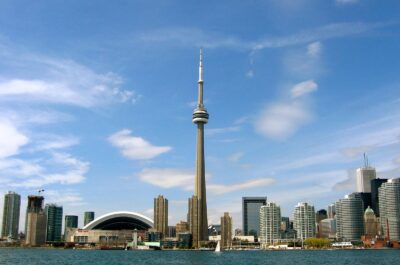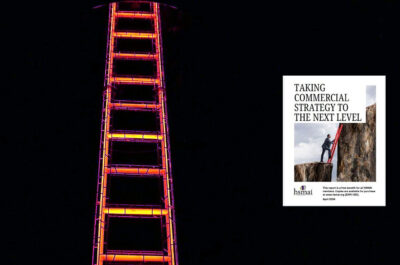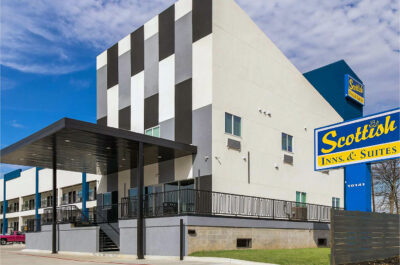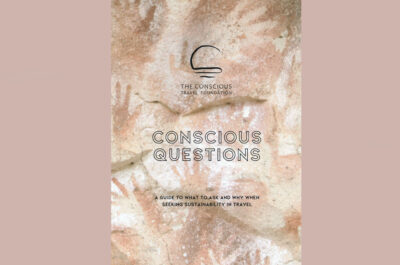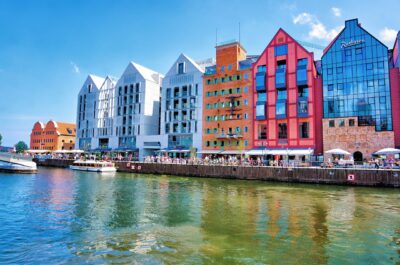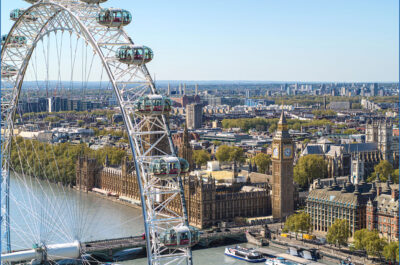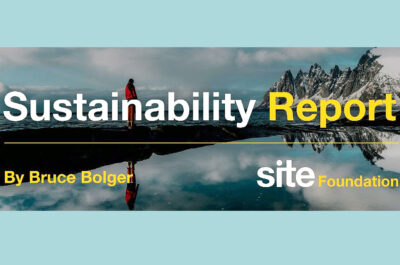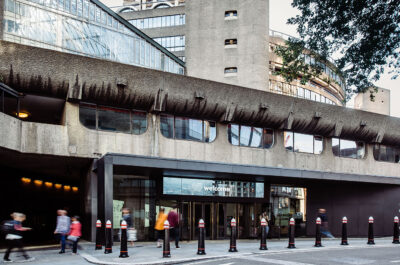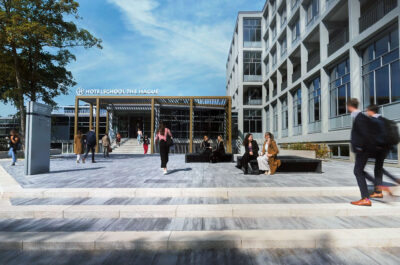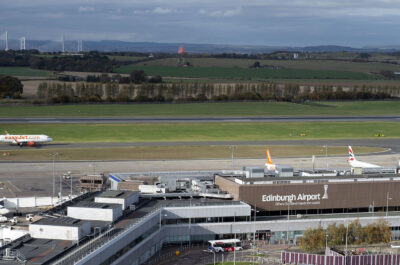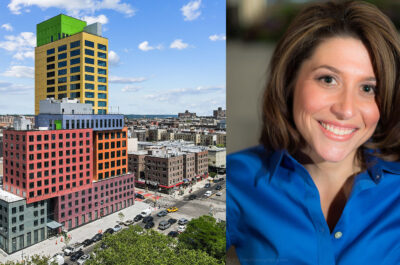This article highlights these potential dangers, raising awareness and fostering a safer environment for pedestrians nationwide.
In the United States, pedestrians are an integral part of the urban ecosystem, but they also face many dangers that pose significant threats to their safety. These hazards range from distracted or aggressive drivers to inadequate infrastructure and poor visibility in high-speed traffic zones. Thousands of pedestrians are injured or die in traffic-related incidents each year. This article highlights these potential dangers, raising awareness and fostering a safer environment for pedestrians nationwide.
1. Distracted drivers
Distracted driving is a prevalent issue in the United States, and it constitutes one of the key risks for pedestrians. Drivers who split their attention between the road and other activities—such as using a cell phone, eating, or adjusting the radio—pose a significant threat to pedestrian safety. Their divided attention can lead to delayed reaction times and, in extreme cases, cause devastating accidents that can result in severe injuries or even fatalities.
Despite laws against distracted driving being in place in numerous states, the problem persists. Many distractions, especially those linked to technology, lure drivers’ attention away from the road. If you are a victim, a pedestrian accident attorney in Houston is highly recommended to help you recover your legal rights. Distracted drivers need to be addressed proactively by raising awareness and encouraging strict enforcement of existing laws.
2. Vehicles moving at high speeds
Motorists often exceed speed limits, especially on rural highways or low-traffic roads. Higher speeds reduce reaction time for unexpected situations, like a pedestrian crossing. Additionally, collisions at high speeds result in more severe injuries and fatalities. High-speed areas, such as highways, pose significant risks due to limited interactions between vehicles and pedestrians. Unexpected encounters are perilous.
Efforts to curtail this issue include:
- Implementing speed limits in areas with high pedestrian activity
- Installing traffic calming measures
- Enforcing stringent penalties for speeding violations
However, compliance with these measures largely depends on the driver’s sense of responsibility and understanding of the potentially devastating consequences of high-speed driving, particularly in pedestrian-rich areas. Public education campaigns on the dangers of speeding and effective law enforcement are essential in mitigating this risk.
3. Drunk driving
According to studies, intoxicated drivers are more likely to lose control of their vehicles and react slower to unanticipated events than sober drivers. They also tend to be less attentive and more inclined towards risky behaviors like speeding. This, coupled with a reduced ability to judge distance and speed properly, can result in devastating pedestrian accidents.
Drunk driving has devastating and irreversible consequences, seriously threatening pedestrian safety. To address this issue, governments have implemented strict laws and increased enforcement. However, public awareness and personal responsibility are crucial in combating this problem. Pedestrians should remain vigilant and watch for signs of impaired driving, like running red lights or erratic movements.
4. Poorly lit areas
Poor visibility due to inadequate lighting is a major issue in many urban areas. Darkness makes it difficult for drivers and pedestrians alike to spot one another, leading to hazardous situations on the road. Low light levels can also mask hazards such as potholes or slippery surfaces, increasing the risk of an accident. Moreover, motorists may feel less inhibited by the dark and can choose to disobey traffic regulations, such as speed limits or red lights.
To mitigate this risk, cities should ensure that streets are adequately lit at night. This may include installing brighter street lamps for better visibility for pedestrians and drivers alike. Furthermore, low light levels on certain stretches of roads could be addressed by placing reflective signs or road markings to help reduce the risk of collisions. With improved lighting, pedestrians can be more visible and feel safer when walking at night.
5. Unsafe crosswalks
Unsafe crosswalks can lead to serious pedestrian injury or fatalities if the proper precautions are not taken. Factors such as inadequate visibility, high-speed traffic lanes, and a lack of designated pedestrian pathways can all contribute to dangerous street crossing conditions. In some areas, crosswalks may need to be better designed so drivers notice them, resulting in an increased risk of collision with pedestrians.
Cities should ensure that all crosswalks are properly designed and viewed as priority areas over vehicle travel. This can involve repainting faded crosswalks, installing road signs or lighting to make pedestrians more visible, and reducing speed limits in areas with high pedestrian activity. By equipping these high-risk zones with the appropriate infrastructure, cities can create a safer environment for all road users.
6. Reckless or aggressive driving
Reckless driving habits such as tailgating, excessive speed, or sudden lane changes can all put pedestrians in danger. Motorists’ aggressive behavior and disregard for traffic laws can make it difficult to anticipate their next move, potentially leading to a pedestrian collision. It is also essential to consider that some drivers may be particularly careless with pedestrians due to feeling hostility towards them for crossing the street.
Educating drivers on responsible driving practices and the consequences of reckless behavior is crucial to ensure pedestrian safety. Law enforcement should take action against dangerous drivers who pose risks to pedestrians and other road users. City planners should prioritize creating roads accommodating vehicles and pedestrians, promoting safe interactions. This ensures a safer environment for everyone.
7. Quiet electric and hybrid vehicles
A more recent issue that threatens pedestrian safety is the rise of quiet electric and hybrid vehicles. As these cars do not produce much noise, they can be difficult for pedestrians to detect when driving at low speeds — especially those with disabilities or who may have visual impairment. This issue has become increasingly prevalent in urban areas due to its growing popularity among urban commuters.
Most states have taken measures to address this problem by requiring hybrid and electric cars to produce a certain amount of sound when traveling at low speeds. This enables pedestrians to be aware of their presence and take the necessary precautions when crossing the street. Public education campaigns can also raise awareness among drivers and pedestrians about interacting safely with these quieter vehicles.
These issues illustrate how important it is to educate drivers and pedestrians on the possible dangers they face while out on the roads. A combination of vigilant law enforcement, public awareness campaigns, and personal responsibility can create a safer environment for everyone—and reduce the fatalities and injuries caused by traffic-related incidents. Taking these measures can ensure that pedestrians can move safely through the urban landscape, allowing them to take full advantage of the benefits of walkable cities.








